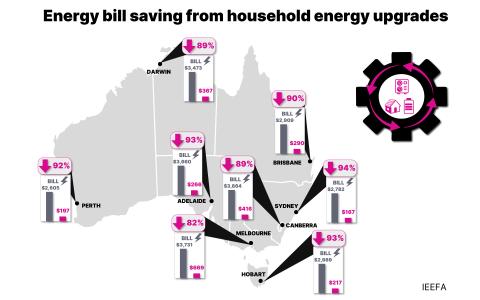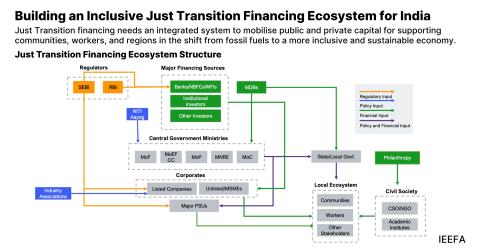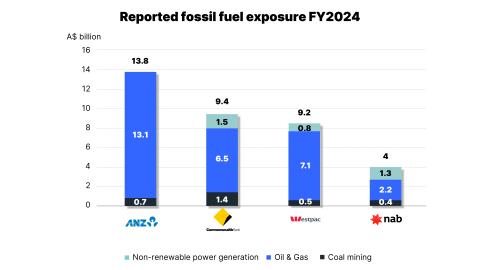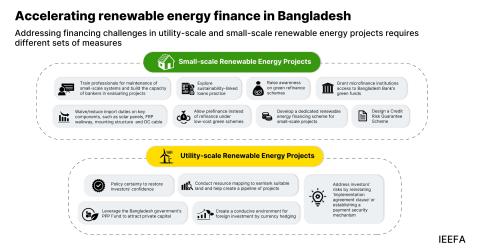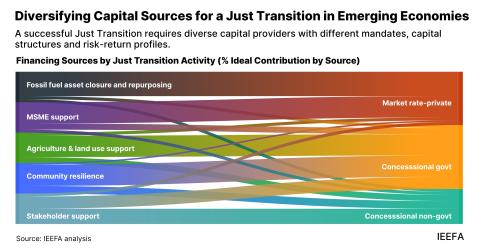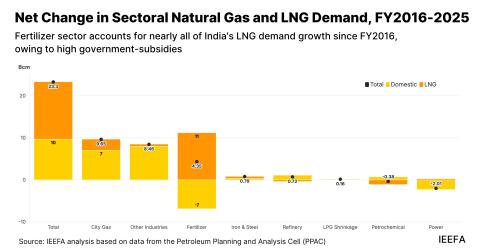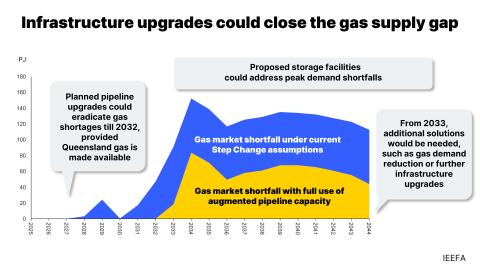IEEFA U.S.: Small modular reactor “too late, too expensive, too risky and too uncertain”
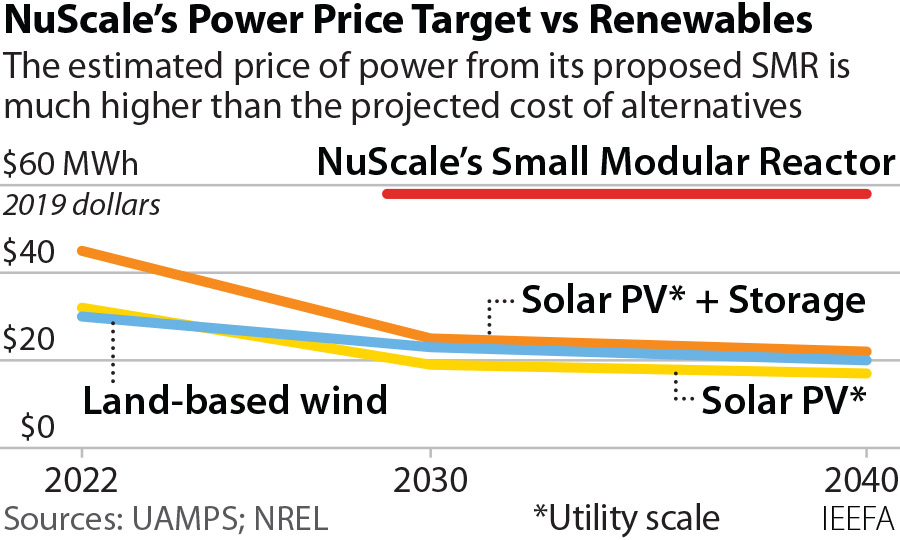
February 17, 2022 (IEEFA)—A small modular reactor (SMR) that NuScale has been developing since the turn of the century is “too late, too expensive, too risky and too uncertain,” according to an analysis of the project by the Institute for Energy Economics and Financial Analysis.
The first-of-its-kind SMR is a serious financial threat to the member communities of the Utah Associated Municipal Power System that have signed up for a share of its power and to any other communities and utilities thinking about doing so. NuScale has optimistically targeted the cost of power from the new plant at $58 per megawatt-hour (MWh), although some estimates predict costs for the power from new SMRs could reach $200/MWh.
Given that the costs of available renewable sources are falling rapidly and that the SMR wouldn’t generate electricity before 2029, the project should be abandoned, said David Schlissel, IEEFA director of resource planning analysis and the author of the report.
“The company has insisted its costs are firm and that the project will be economical,” Schlissel said. “But based on the track record so far and past trends in nuclear power development, this is highly unlikely.”
The risks of the project include:
- Rising Construction Costs. NuScale claims it can build the SMR for less than $3,000 per kilowatt (kW). No nuclear power plant has been built that cheaply in decades. The U.S. Department of Energy has estimated the cost will exceed $6,800/kW.
- Longer Construction Time. NuScale says the nuclear construction at the SMR will be completed in less than 36 months. No new reactor has been built in the U.S. in that short a time in 60 years. NuScale said in 2018 that it planned to have its SMR online by 2026. It now won’t generate electricity until mid-2029, at the earliest.
- Operational Performance. NuScale claims it will run at a 95% capacity factor during its entire life. None of the 93 reactors operating in the U.S. have met that goal. Only three have averaged better than 85% during their first 10 years of operation, and the median capacity factor for all U.S. reactors during these years has been only 67%.
- Higher Costs for Participating Utilities. The customers of communities and utilities that remain signed up for the project after construction begins will be liable for all of its costs and expenses, regardless of the total and how far above $58/MWh it ends up. They’ll even have to pay if the SMR is damaged or destroyed.
Schlissel said the communities should consider shifting to renewables for their future sources of power. The NuScale estimate of a $58/MWh price is already almost twice as much as renewable prices. Utility-scale solar-plus-storage costs are about $45/MWh and falling; wind power costs $30/MWh and are also dropping; and utility-scale solar alone costs are at $32 and falling.
“There are cheaper zero-carbon energy options available now,” said Dennis Wamsted, an IEEFA energy analyst and co-author of the report. “NuScale’s SMR is not needed.”
Full Report: NuScale’s Small Modular Reactor
Author Contacts:
David Schlissel ([email protected]) is IEEFA director of resource planning analysis
Dennis Wamsted ([email protected]) is an IEEFA energy analyst
News Conference: click on the screen below or here.
Media Contact:
Vivienne Heston ([email protected]), +1 (914) 439-8921
About IEEFA: The Institute for Energy Economics and Financial Analysis (IEEFA) examines issues related to energy markets, trends and policies. IEEFA’s mission is to accelerate the transition to a diverse, sustainable and profitable energy economy.




